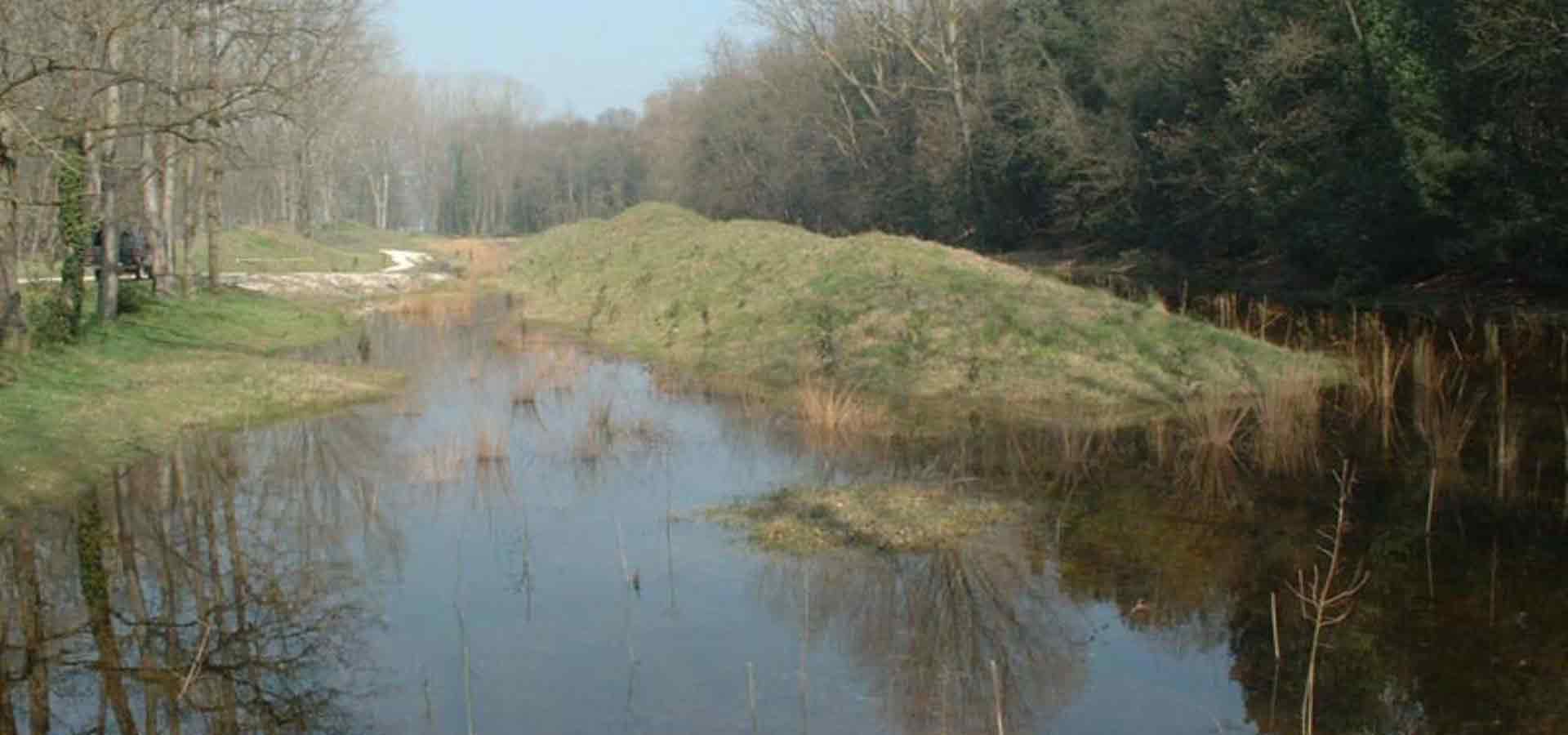Bosco Nordio. At Sant’Anna di Chioggia, between the Romea and the sea, lies the Integral Natural Reserve of Bosco Nordio, which is an important relic forest widespread in the past along the upper Adriatic coast.
Among the trees of an ancient forest
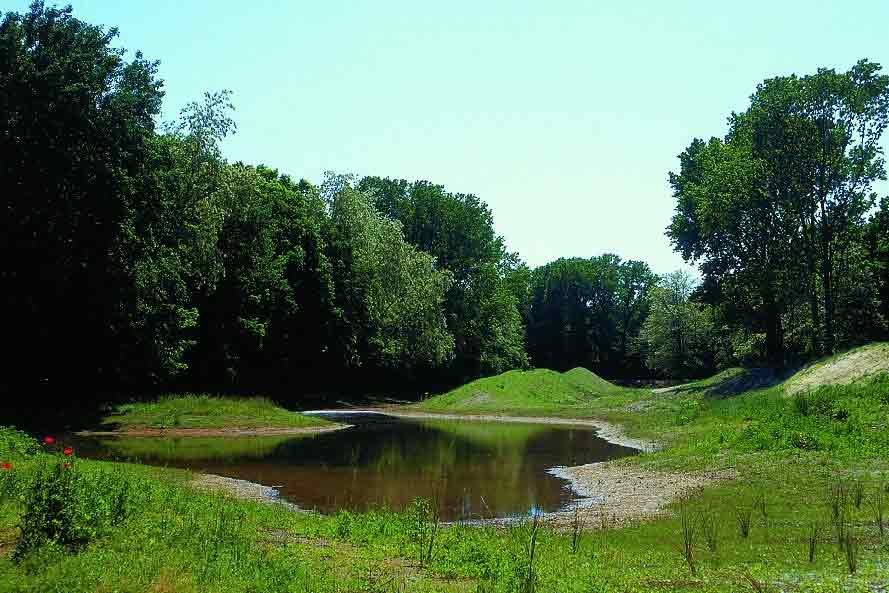
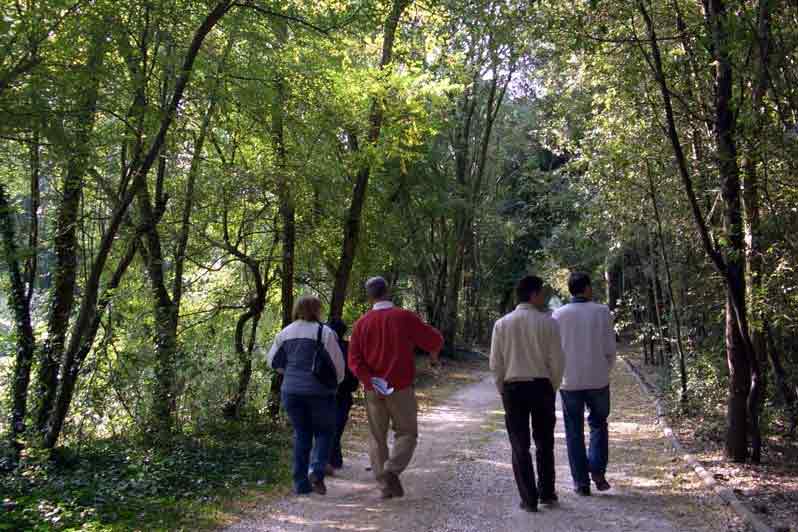
Veneto Agriculture, a regional company that takes care of the environmental Venetian heritage, is implementing a project of conservation and environmental restoration which aims at re-balancing the species present on a site of great scenic interest, with a hydric vegetation that goes with the life of amphibians and insects typical of wetlands.
The coastal dune of the forest and the dunes of Rosolina sea, near Rovigo, are the result of the action of the rivers Po and Adige during 4000 years. Bosco Nordio seems to have pre-Roman origins. It was first owned by the city of Chioggia, then it passed to the family Nordio in 1565, who completely destroyed the forest probably for cultivation. In the late eighteenth century, however, Andrea Nordio ordered to plant a pine forest, on the remains of a grove oak, laurel and other Mediterranean species representing the old habitat of the forest. In 1959 it was sold to the former State Agency for State Forests and was established the Integral Nature Reserve that today is managed by Veneto Agriculture.
The current face of the Po Valley is the result of profound changes that have radically changed the vegetation and gradually also the overall appearance of the landscape, with the decisive contribution of the climate, but also with more radical and faster changes by human beings.
Over the centuries, the expansion of cultivated areas has significantly reduced the wooden area, so as to relegate them to real wrecks, small patches of ancient living green belt which once covered the north eastern Adriatic coast: Bosco Nordio is one of these examples.
The main attraction of Bosco Nordio is formed by the combination of forest and coastline with an ancient sand dune system. For a length of about 1,200 meters, it was created a guided tour for everybody through a wild forest of live oak, laurel and pine trees, providing a suitable substrate stabilized material, a wooden guiding notice to the ground and adequate signs to support the visits.
Within the area there is also a visitor centre and after booking, there are organized interesting environmental education lessons.
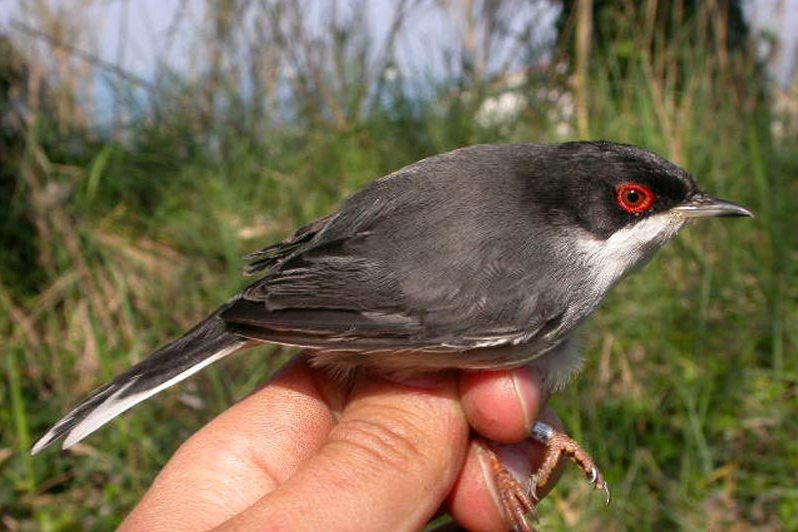
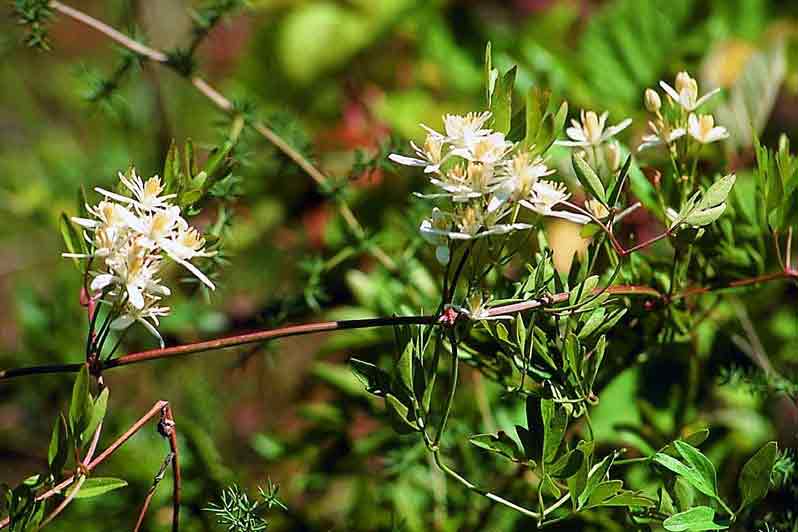
To learn more, try the interesting site of Bosco Nordio made by Veneto Agriculture.
Suggestion. To visit the oasis you need to make contact with Hyla coop that organizes guided tours and various initiatives within the natural forest and village lagoon.

